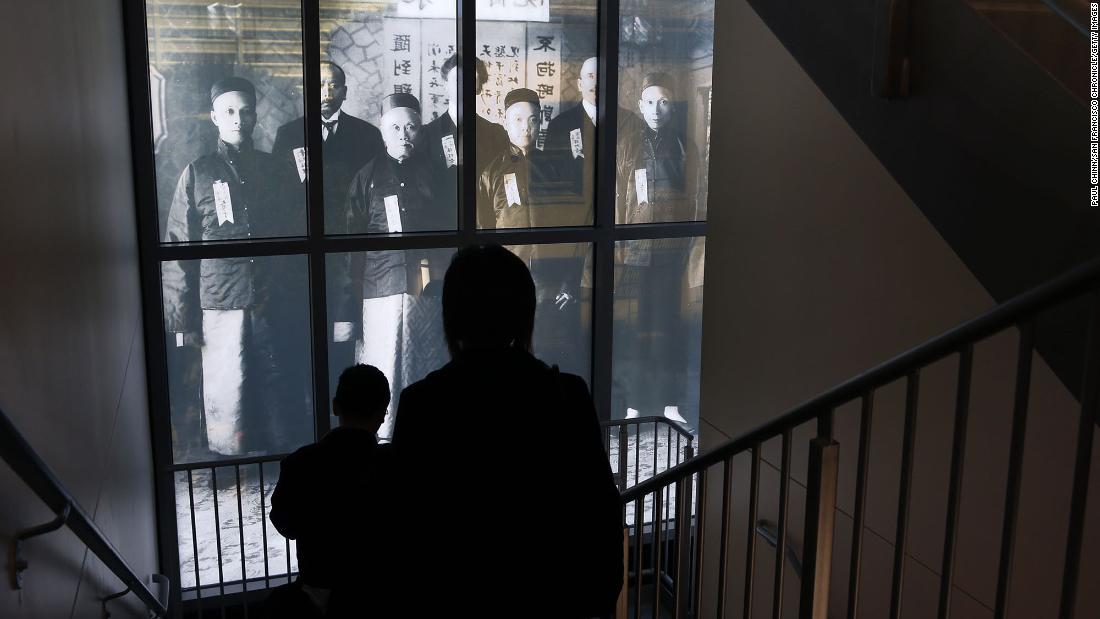More than a century ago, something similar happened.During disease outbreaks in the 19th and 20th centuries, Chinese immigrants in San Francisco were depicted as harbingers of infection, placed under racist quarantines and denied access to health care.Just as Asian Americans have protested racism against them today, Chinese Americans in San Francisco at the time fought back, building their own hospital to provide the critical services that their local government had denied them.Their response is one of numerous historical examples of Asian American resistance in the face of anti-Asian racism -- and its legacy lives on today.It started with anti-Chinese sentiment in the 1800'sChinese immigrants began making their way to American shores in the mid-1800s, among thousands of people hoping to improve their economic fortunes during the California Gold Rush.Eventually, they would come to be exploited for cheap labor, working in industries such as farming, restaurants, laundry and most notably, railroad construction.
Chinese people faced barriers to health careInstead of working to improve the poor conditions of Chinatown, officials in San Francisco subject the neighborhood and its residents to countless inspections and responded with punitive measures against Chinese immigrants, Hom said.Public health laws allowed police to harass Chinese immigrants for living in crowded conditions and shut down Chinese businesses because they were deemed as sources of illnesses, according to Hom.Restrictive quarantines prevented Chinese people from leaving Chinatown while White people could pass through without issue, wrote Grace Chen, in an October 2020 article published in the Yale Undergraduate Research Journal.The Chinese community also faced challenges in accessing health care, Hom said.
"And so the communities themselves took care of each other."
So they took matters into their own handsThe Chinese Six Companies, a group of merchant-led community organizations formed to assist Chinese immigrants with life in the US, eventually came together to provide health care for Chinatown residents.Despite resistance from local officials and lobbying groups, the Chinese Six Companies finally opened the Tung Wah Dispensary in Chinatown around 1900.Staffed by both Western-trained physicians and Chinese herbalists, the dispensary served as an early model of community-based health care.
Though it was quickly rebuilt, the dispensary soon began to outgrow its capacity and the community started making plans for a modern hospital, Hom said.
The Chinese Six Companies and several other community organizations banded together in the early 1920's and raised funds for a new facility, according to the Chinese Hospital website.On April 18, 1925, Chinese Hospital opened its doors to the public, the first and only institution in the nation of its kind.
When they did encounter their first cases of the virus, they were diligent about contact tracing and providing areas where exposed residents could quarantine.
As a result, the toll of the virus on the community wasn't as bad as it could have been.Zhang says this past year has proved even further how significant an institution Chinese Hospital is."For Chinese hospital to be here to provide culturally and linguistically competent care, it's just really important to the community," she said.For Zhang, Chinese Hospital isn't just a hospital.
